Clean air is essential for our health, and indoor air quality can be even more polluted than outdoor air. This is why it’s crucial to have plants that can help purify the air in our homes. As an experienced gardener, I have researched and selected the top 10 indoor plants for clean air. These plants not only purify the air but also add a touch of greenery and aesthetic appeal to any space.
Table of Contents
Top Indoor Plants for Clean Air
- Spider Plant – Chlorophytum comosum
- Peace Lily – Spathiphyllum spp.
- Snake Plant – Sansevieria trifasciata
- Boston Fern – Nephrolepis exaltata
- English Ivy – Hedera helix
- Rubber Plant – Ficus elastica
- Areca Palm – Dypsis lutescens
- Aloe Vera – Aloe vera
- Golden Pothos – Epipremnum aureum
- Chinese Evergreen – Aglaonema modestum
1) Spider Plant – Chlorophytum comosum

The Spider Plant is an easy-to-care-for plant that has long, narrow leaves and produces small white flowers. It is a great plant for beginners and is known for its ability to remove harmful toxins like formaldehyde and xylene from the air.
2) Peace Lily – Spathiphyllum spp.

The Peace Lily is a popular indoor plant known for its striking white flowers and ability to purify the air. It removes toxins like benzene, formaldehyde, and trichloroethylene from the air, making it an excellent addition to any home or office.
3) Snake Plant – Sansevieria trifasciata

The Snake Plant, also known as Mother-in-law’s Tongue, is a tough and hardy plant that can survive in low light and dry conditions. It removes toxins like formaldehyde, benzene, and trichloroethylene from the air and is perfect for bedrooms.
4) Boston Fern – Nephrolepis exaltata
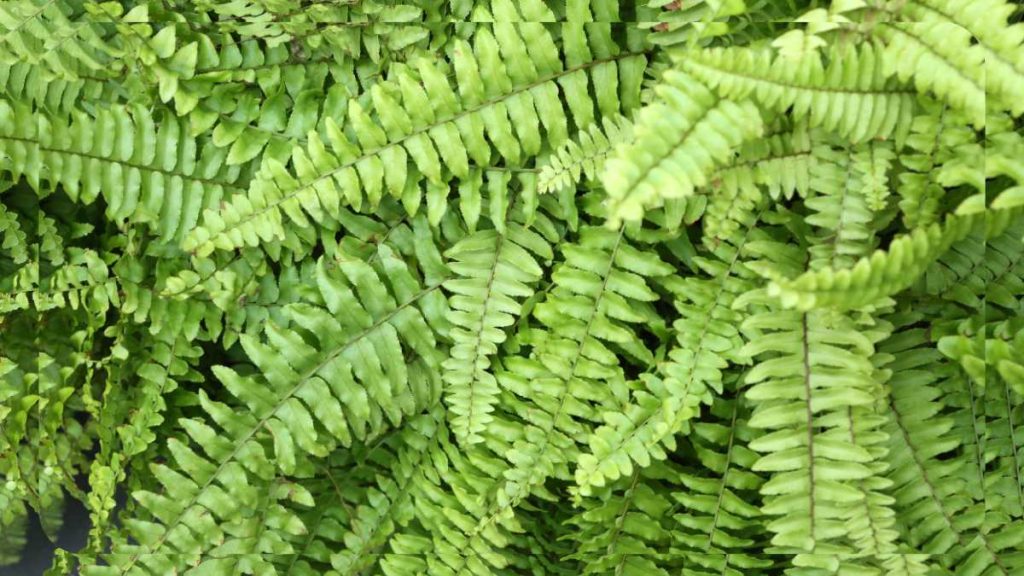
The Boston Fern is a beautiful and lush plant that is excellent at purifying the air. It removes toxins like formaldehyde, xylene, and toluene from the air and is perfect for hanging baskets or as a floor plant.
5) English Ivy – Hedera helix

English Ivy is a beautiful trailing plant that is known for its ability to remove mold from the air. It is also effective at removing formaldehyde and benzene from the air, making it an excellent choice for anyone with allergies or asthma.
6) Rubber Plant – Ficus elastica
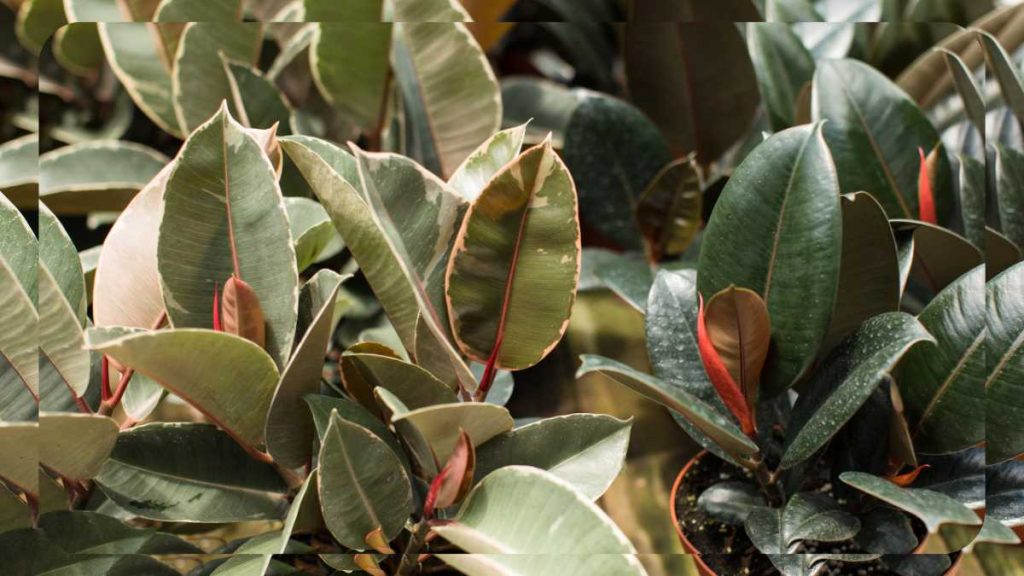
The Rubber Plant is a beautiful and easy-to-care-for plant that is great for purifying the air. It removes toxins like formaldehyde from the air and is perfect for living rooms or offices.
7) Areca Palm – Dypsis lutescens

The Areca Palm is a beautiful and graceful plant that is known for its ability to remove toxins like formaldehyde and xylene from the air. It is also effective at adding moisture to the air, making it an excellent choice for anyone with dry skin or allergies.
8) Aloe Vera – Aloe vera
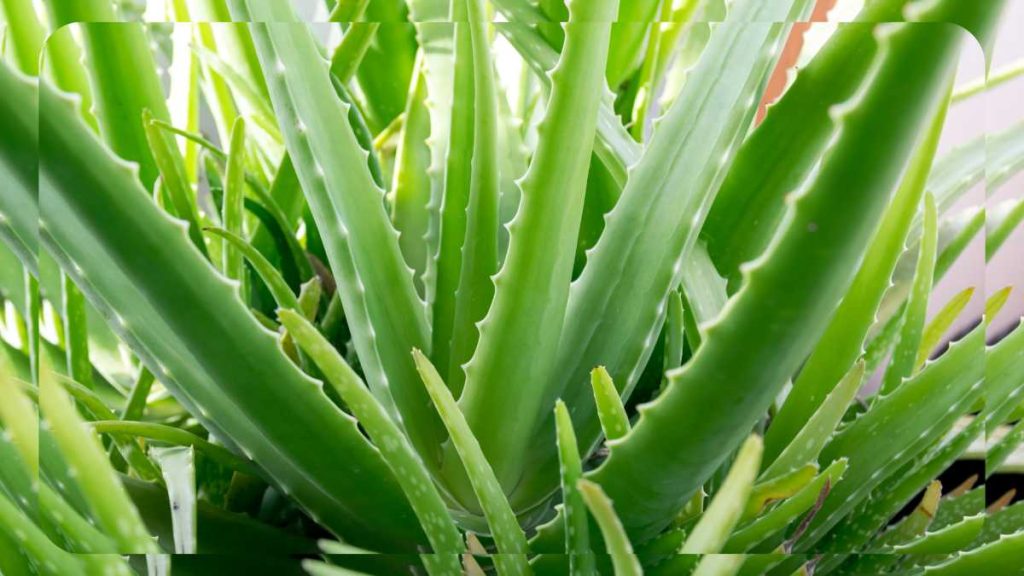
Aloe Vera is a well-known plant that is used for its healing properties. It is also a great plant for purifying the air, removing toxins like formaldehyde and benzene from the air. It is perfect for bedrooms or living rooms.
9) Golden Pothos – Epipremnum aureum
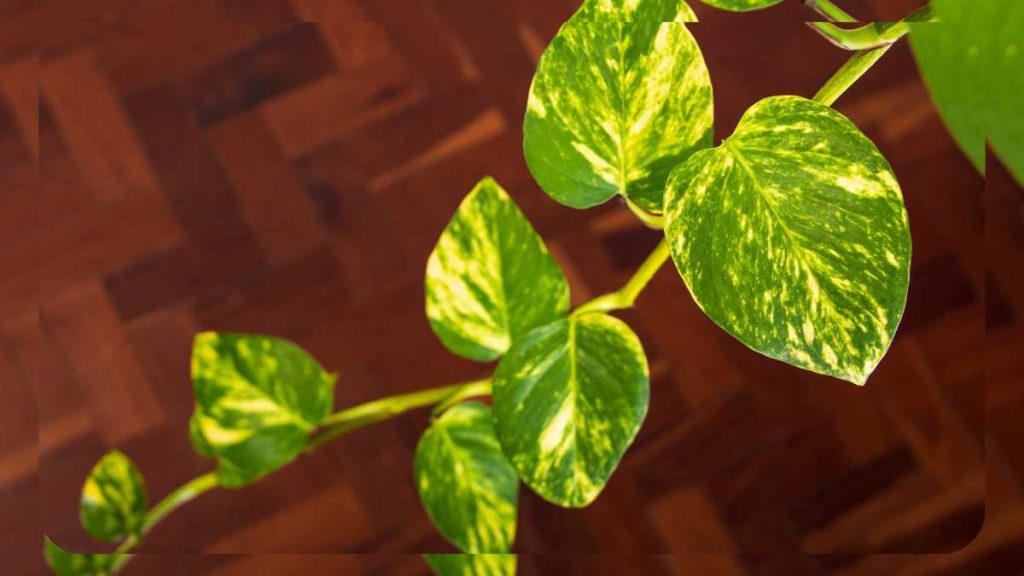
The Golden Pothos is a beautiful and easy-to-care for plant that is known for its ability to remove toxins like formaldehyde and benzene from the air. It is a great plant for beginners and can thrive in low light conditions. It is perfect for hanging baskets or as a trailing plant.
10) Chinese Evergreen – Aglaonema modestum
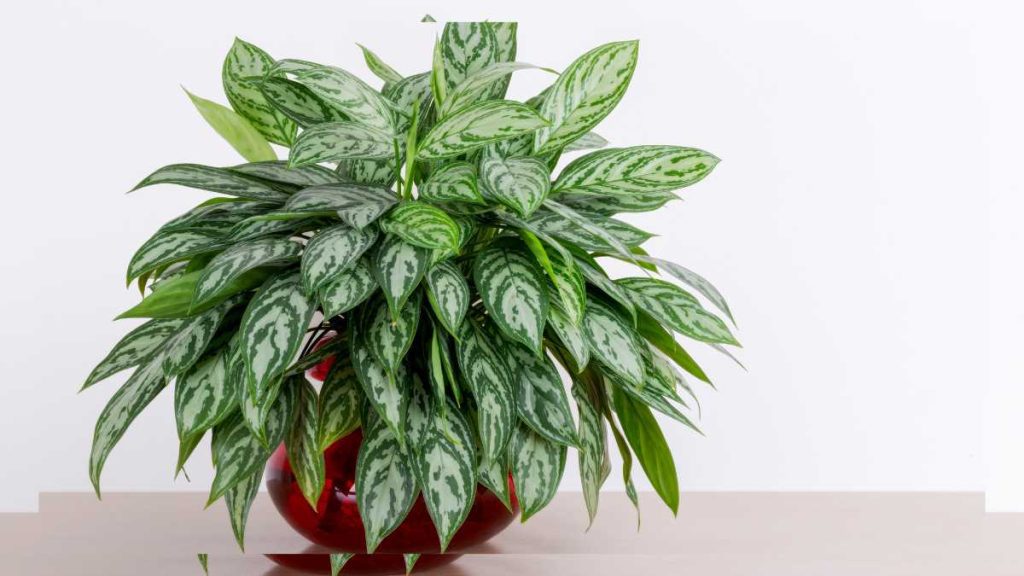
The Chinese Evergreen is a beautiful and versatile plant that is known for its ability to remove toxins like formaldehyde and benzene from the air. It is an easy-to-care-for plant that can thrive in low light conditions, making it perfect for offices or bathrooms.
How Indoor Plants Clean the Air
Indoor plants clean the air through the process of photosynthesis. During photosynthesis, plants absorb carbon dioxide from the air and release oxygen. This helps to increase oxygen levels in the air and reduce the amount of carbon dioxide. In addition to photosynthesis, plants also absorb harmful toxins from the air through their leaves and roots. These toxins are then broken down and transformed into harmless compounds.
Transpiration
Transpiration is another way that plants help to clean the air. During transpiration, plants release water vapor into the air through tiny pores on their leaves. This helps to increase humidity levels in the air and reduce the amount of pollutants like dust and allergens.
Air Purification
Indoor plants can also purify the air through a process called phytoremediation. This is the process by which plants absorb and break down harmful toxins from the air, soil, or water. The toxins are then transformed into harmless compounds that are absorbed by the plant or released into the air as water vapor.
Studies on Indoor Plants and Air Quality
Numerous studies have shown that indoor plants can improve air quality and reduce the levels of harmful pollutants in the air. For example, a study conducted by NASA found that plants like the Spider Plant and Peace Lily are effective at removing toxins like formaldehyde and benzene from the air.
How to Care for Indoor Plants
Proper care is essential to ensure that your indoor plants thrive and continue to purify the air. Here are some tips for caring for indoor plants:
Watering
Most indoor plants require regular watering, but it’s important not to overwater them. Be sure to check the soil regularly and water only when the top inch of soil is dry.
Lighting
Indoor plants require different levels of light, depending on the species. Some plants require direct sunlight, while others thrive in low light conditions. Be sure to research the lighting requirements of your plant and place it in a location where it will receive the appropriate amount of light.
Soil and Fertilizer
Good soil is essential for healthy plants. Use a high-quality potting soil that is rich in nutrients and provides good drainage. In addition, be sure to fertilize your plants regularly to provide them with the nutrients they need to grow.
Temperature and Humidity
Indoor plants require a stable temperature and humidity level to thrive. Be sure to place your plants in a location where the temperature and humidity are appropriate for the species.
Pruning and Propagation
Regular pruning is important to keep your indoor plants healthy and looking their best. In addition, propagation is a great way to grow new plants from your existing ones.
Conclusion
Indoor plants are a great way to purify the air and add a touch of greenery to your home. The top 10 indoor plants for clean air that we have discussed in this article are easy-to-care-for, effective at removing harmful toxins from the air, and beautiful to look at. By incorporating these plants into your home, you can create a healthier and more beautiful environment for you and your family.
FAQ
Which indoor plant purifies the air the most?
Chrysanthemums are a popular indoor plant that is known for its ability to purify the air. According to a study conducted by NASA, chrysanthemums were found to be the most effective plant at removing a range of pollutants from the air, including ammonia, benzene, formaldehyde, and xylene. In fact, chrysanthemums were found to remove up to 90% of these pollutants from the air in just 24 hours. However, it’s important to note that chrysanthemums are toxic to pets, so they may not be the best choice for households with pets.
Which plant gives oxygen 24 hours?
While most plants release oxygen during the day and carbon dioxide at night, the Aloe Vera plant is one of the few plants that releases oxygen 24 hours a day. This makes it a great choice for keeping the air fresh in your home, particularly in bedrooms where you spend a lot of time sleeping.
What plant does NASA use to clean air?
NASA conducted a Clean Air Study in 1989 to identify the best air-purifying plants for use in space stations. The study found that the Lady Palm was one of the most effective plants at removing common indoor air pollutants like benzene, formaldehyde, and trichloroethylene. As a result, NASA recommends using Lady Palms to purify the air in your home or office. Additionally, Lady Palms are easy to care for and can thrive in low light conditions.




Leave a Reply